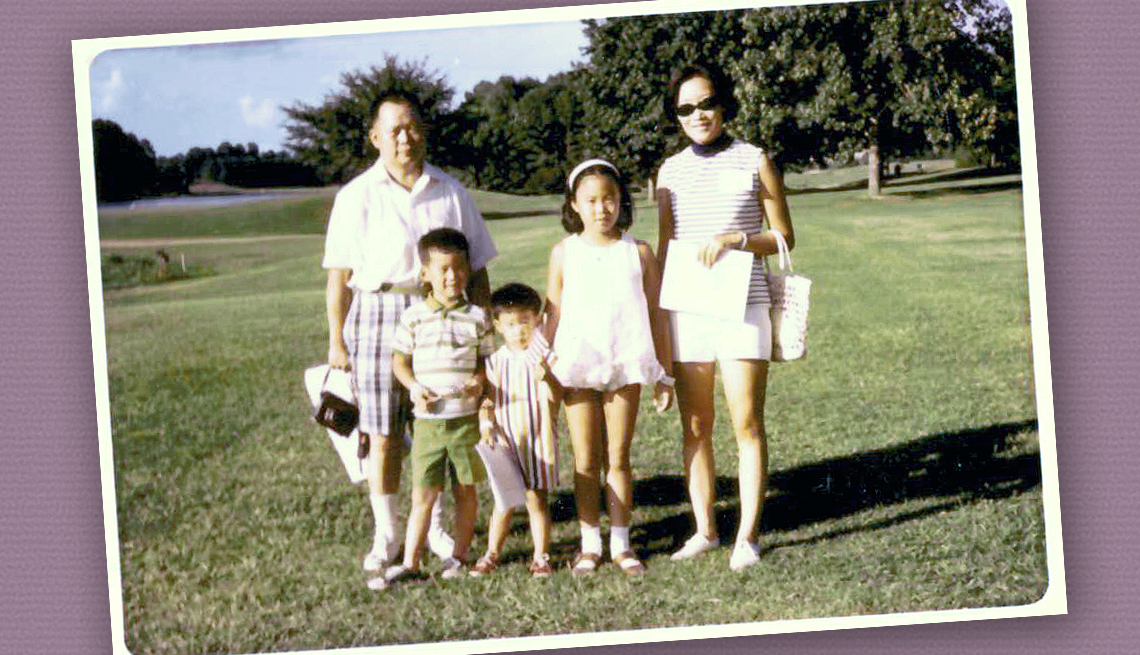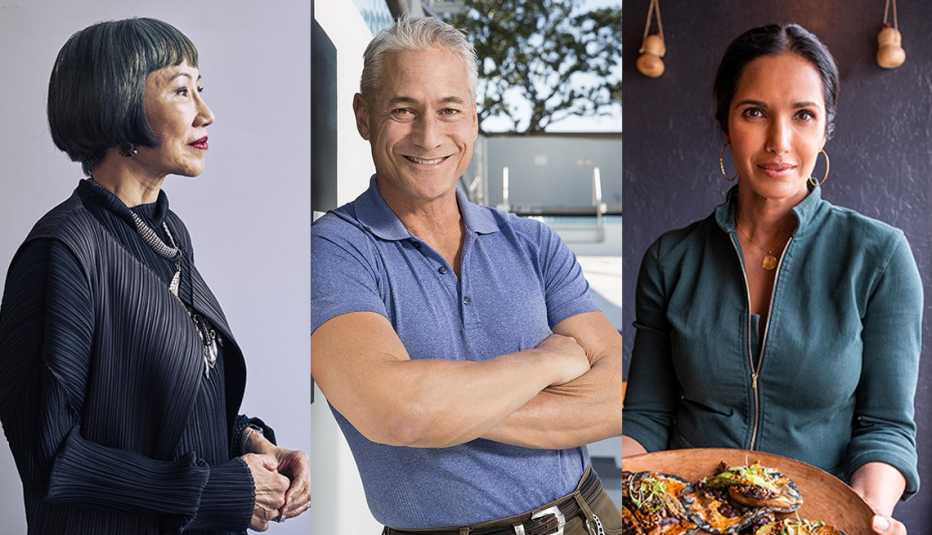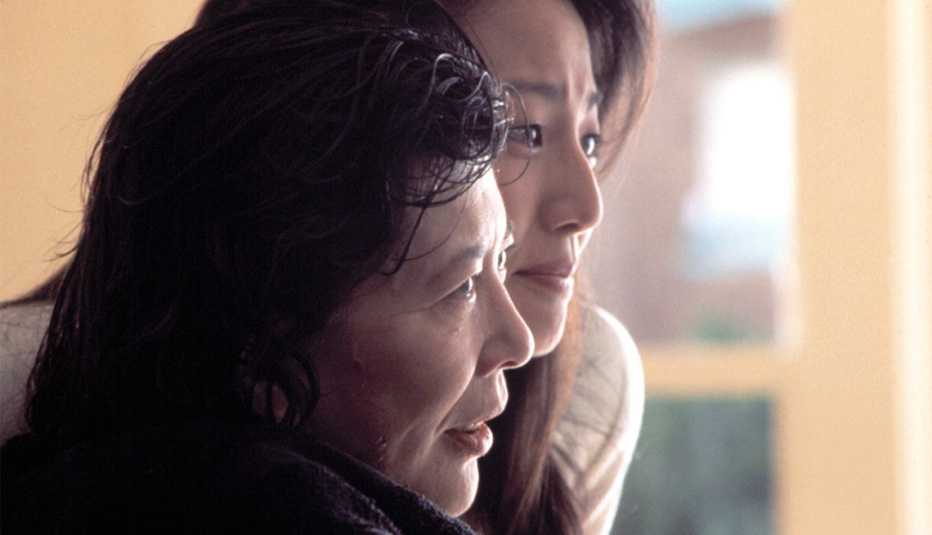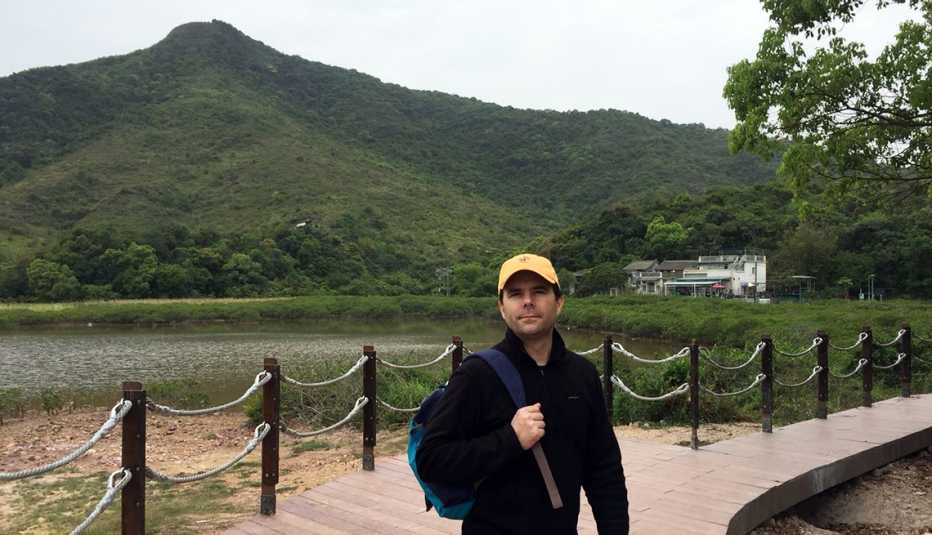Staying Fit
| This essay appeared as an editor’s note in the April/May issue of AARP The Magazine.
I am an Anglo-Irish American — emphasis, please, on the third part of that description. My forebears came to the United States in the 19th century, uninvited and unknowing of their fate. They worked as laborers and, later, as civil servants — cops and firemen mostly — until opportunities arose to compete for jobs as accountants, managers, executives in large corporations. Today a few of them run their own businesses. Three generations after my great-grandfathers landed in New York City and Boston, my older brother, Walter, received his Ph.D. in physics and began his life’s work as a research scientist. It’s an American story.


AARP Membership— $12 for your first year when you sign up for Automatic Renewal
Get instant access to members-only products and hundreds of discounts, a free second membership, and a subscription to AARP the Magazine.
In suburban Long Island, New York, our neighbors were families of German, Irish, Italian and Eastern European descent, proud of their G.I. Bill Cape Cod and ranch homes. In the 1960s, though I became enamored of yoga and Zen and Eastern philosophy (typical boomer!), I personally knew not a single person of Asian descent until I went to college. There were reasons for that, I later learned.
In 1882 the U.S. Congress passed the first of a series of laws outlawing immigration from China, laws that were later bundled into the Immigration Act of 1924, which effectively banned immigrants from the entire continent. Asians were allowed to come here as diplomats, students or tourists, but not to seek permanent residence. This law essentially remained in effect until 1965. Though it is difficult today to imagine our country without prominent Asian Americans in every sphere of influence and culture, that wasn’t a foregone conclusion.
Because of this, I was particularly taken by the family story of my colleague Daphne Kwok, a vice president of diversity, equity and inclusion at AARP. The association works to connect with every American community, and Kwok oversees our outreach to the Asian American and Pacific Islander (AAPI) community. “I grew up in Annandale, Virginia, in the 1960s,” says Kwok, whose family is Chinese American. “We were the only Asian American kids through middle school. Not until high school were my brothers and I among a handful of students of color.” At Wesleyan University, Kwok finally had an Asian American community, which she describes as an “invigorating” experience. “We didn’t have to explain who we are to one another.”




































































